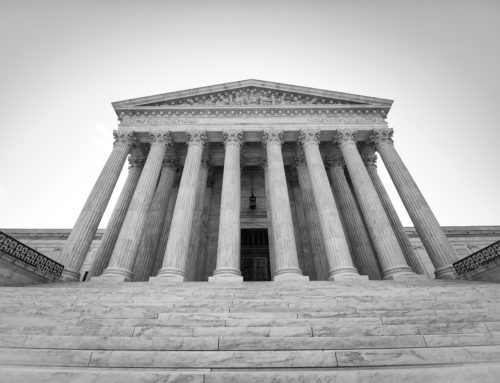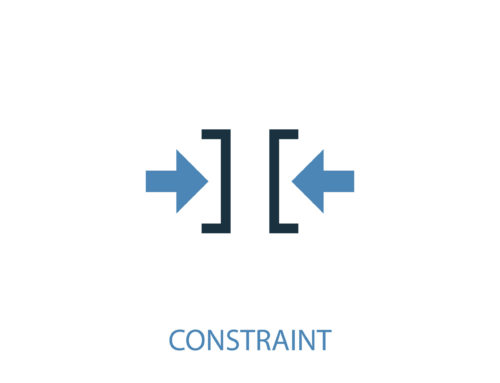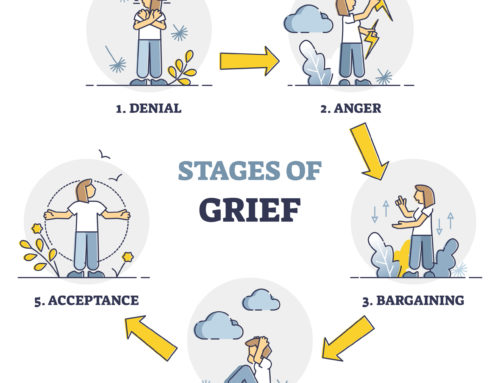A recent decision of the ACT Supreme Court can be found here.
In Robinson v Ng
Briefly during the course of an extraction, part of the root of the tooth was pushed upwards and lodged into the plaintiff’s sinus. As a result, surgery was required and damages arose from those events.
The judgement is of significant length, but the important points in relation to this for dental practitioners are the damages due to the particular nature of the case. The general damages amounted to something over seven hundred thousand dollars ($700,000.00). There was a dispute in the evidence between what the Defendant dentist and the Plaintiff patient said. A large amount of it turned on the warnings and the circumstances before and after the extraction.
At some point, a second radiograph was taken after the tooth had fractured and it was held by the Court that the dentist had breached his duty by not ceasing to treat the patient at that point and referring her to an oral surgeon to have the root removed. The Court found that the Defendant had breached his duty of care to the patient and this breach had caused the wall of the maxillary sinus to be perforated.
Postoperative treatment as well as remedial treatment was performed, but the patient unfortunately suffered some adverse outcomes, including Bell’s palsy and a significant impact on her ability to work. At the time of trial, she was still taking analgesic (a type of painkiller) every four (4) hours and is unable to return to normal work as a veterinary surgeon.
A court found that the Bell’s Palsy that was suffered was more likely than not to be caused by the dental procedure. One hundred and seventy thousand dollars ($170,000.00) was awarded for general damages. Further, the loss of earning capacity was established to be two hundred and sixty-four thousand ($264,000.00) plus superannuation. There were also some out of pocket expenses for future and present and a significant amount was allowed for Griffiths v Kerkemyer damages which are in relation to domestic assistance. This amount was some forty-nine thousand, six hundred and ninety- eight thousand dollars ($49, 698.00).
The court made a particular comment about the fact that the notes were changed after the consultation when the defendant dentist was aware of having created the communication with the sinus and having pushed the tooth fragment into the sinus.
Practitioners should be aware that there were other documents produced, which were not part of the patient record, including the defendant’s account to his insurer and other comments by other staff members. The court found at [87] that the Defendant dentist’s evidence was based on a very careful and intelligent reconstruction of what had occurred, based on the available clinical notes and his recollection of what was likely to have occurred. The reconstruction was one which, although it was apparently detailed, was one that emphasised matters favourable to the defendant’s case.
At [97], the court said that it considered that the dentist recognised, prior to the commencement of the extraction, the potential for tooth fracture and the need to consider referral if problems emerged. The court found that he was likely to have mentioned that is a possibility to the plaintiff, although not as forcefully or in as a direct a manner as he may have wished with the benefit of hindsight.
The court was not satisfied that there was any explanation other than at the most general level of the risks of continuing or the risks of complications if the extraction was carried out by someone without greater surgical experience.
The independent dentist, who gave evidence, said that the dentist should have ceased the attempted extraction no later than the point when he examined the second radiograph demonstrating the location of the broken root in the sinus.
The Court said, importantly, at [140]:-
The dentist allowed himself to …… to continue in circumstances where he should not have. I do not accept the submission made by the defendant that the defendant had an obligation to comply with the plaintiff’s wishes. That is particularly so when those wishes were formulated in the course of a long and difficult extraction in circumstances where the patient was recognised by the dentist to have become panicked. Therefore, even if I had accepted the defendant’s evidence I would nevertheless found that he fell below the standard of care expected of a reasonably competent general dentist.
It is important for practitioners to take away from this case that:-
- When risks of adverse outcomes are high, explanations ought to be given to patients and given the opportunity for referral. Merely stating to the plaintiff that there might be a problem is not sufficient, particularly if that problem comes home;
- When patients desire to have a tooth removed, it is important for practitioners to use their judgement and go against the patient’s wishes if the patient were to understand that the consequences of continuing would be dire. It would appear in the present circumstances that the dentist felt that he had to continue past the point of his ability and even though the patient may still have pressed him to continue to do it, it was up to the dentist to decide that he could not treat any further and arrange an earlier referral. It was clearly unfortunate that the timing of this event was around the Christmas period and specialists were not as available as readily as they might have been; and
- When one is removing a tooth that has potential for difficulty or complications, if it is at all possible, then the patient should be escorted with a staff member or indeed the dentist to the oral surgeon or the relevant specialist to ensure that they get prompt, immediate attention.




